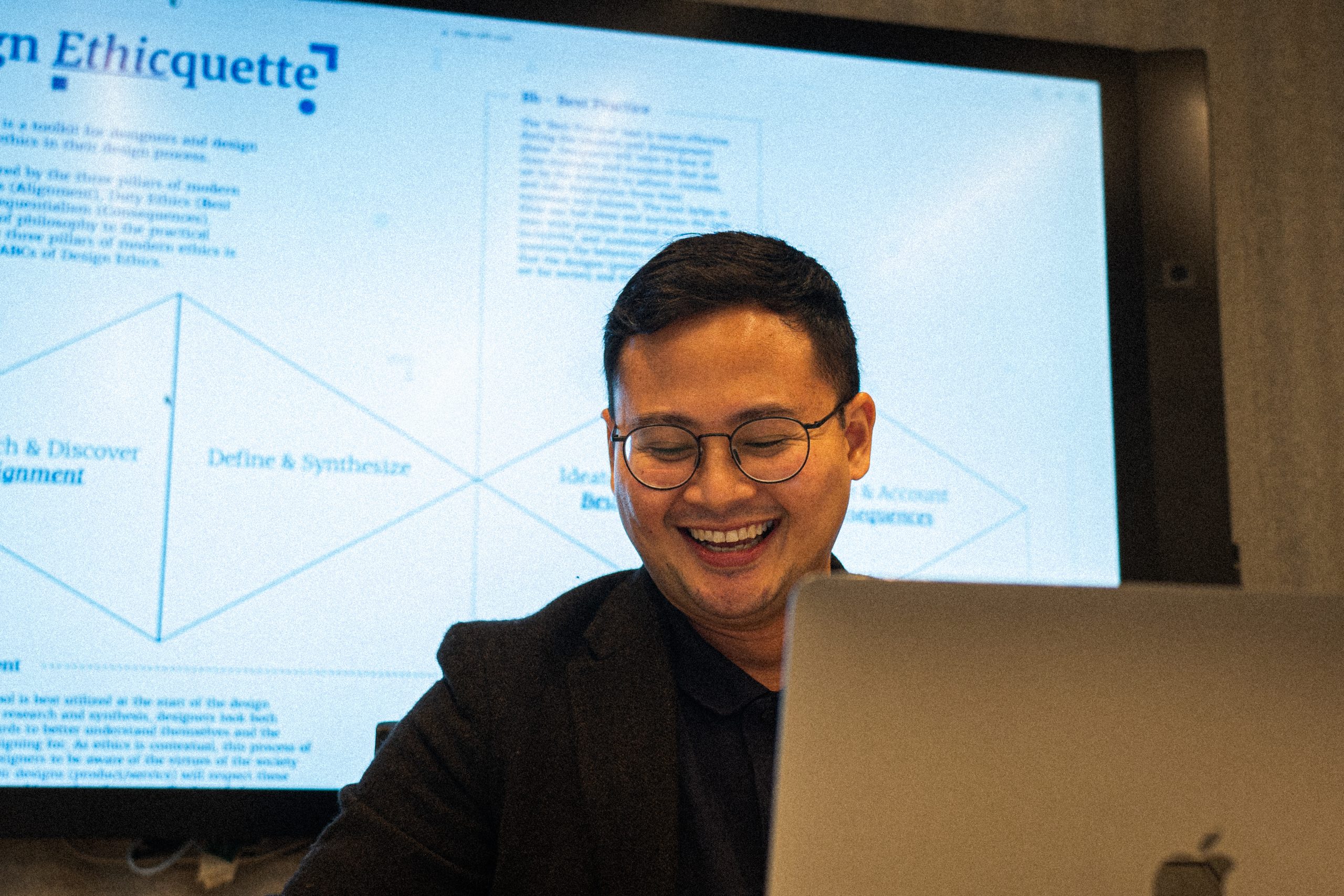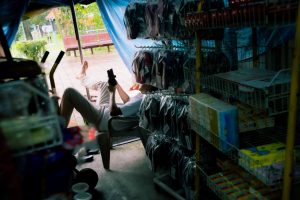All images by Isaiah Chua for RICE Media, unless otherwise stated.
When I asked the founder of Design Says Hello, Ziqq Rafit, about the start of his design journey, I expected a clichéd explanation of his passion for design. Maybe an uplifting story about a childhood television hero who inspired him—Neil Buchanan from Art Attack, perhaps.
But no. It started when the 31-year-old was enticed by the description of the interaction design diploma he eventually studied for, which had the buzzwords ‘design’, ‘humans’, and ‘technology’. He didn’t even have a design portfolio back then.
Quite a YOLO move. I know I wouldn’t have made the same leap as him.
After all, here in Singapore, some might see studying design as a frivolous pursuit. Old fuddy-duddies might still insist that being a doctor or engineer is superior to being a designer.
But these are outdated sentiments. I mean, my father’s the sole breadwinner in the family, and he’s an interior designer. We live comfortably, contradicting the whole “cannot earn a living” narrative.
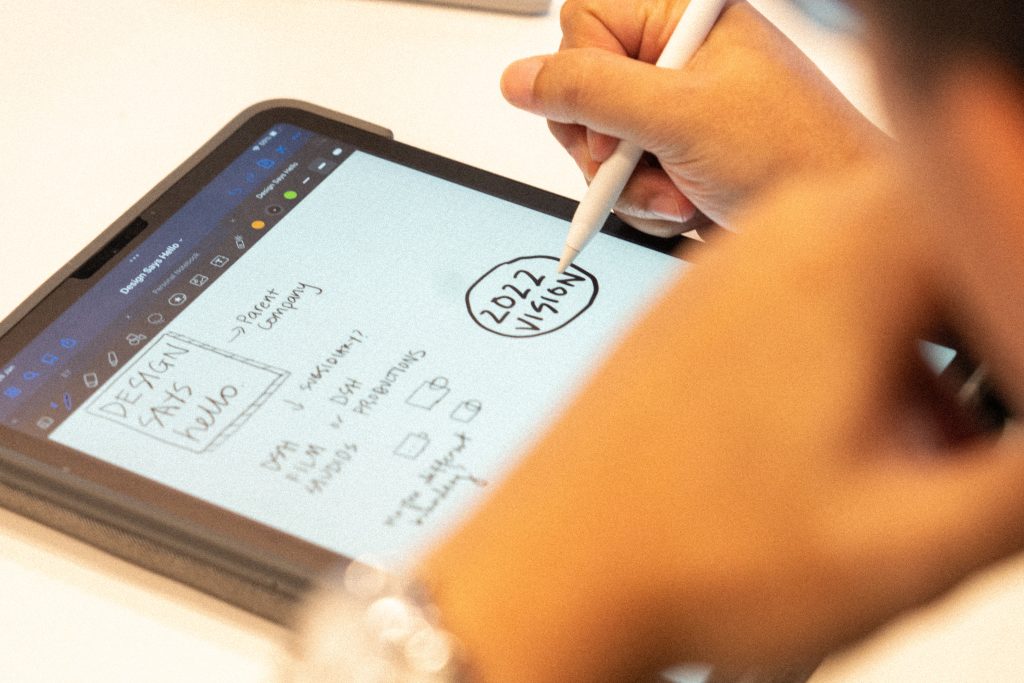
Now, more than ever before, design intersects with technology and other industrious modern fields. It’s telling how valued designers are now in Singapore, with two-thirds of them hired in non-design sectors in 2019. People now recognise that design holds real-life implications. Look at your TraceTogether app—imagine if we left it to non-creatives to design it.
With things looking up in this sector, there’s greater recognition and even financial support by agencies like the DesignSingapore Council (Dsg) with its Dsg Scholarship. As its scholars Ziqq and Rachel Poonsiriwong would tell you, they are flourishing in the design industry.
Poor, but mom still gave him thumbs up to pursue design
Now a user experience designer for Ernst and Young in Singapore, Ziqq wasn’t born with a silver spoon in his mouth. His mother was the sole breadwinner, supporting an ailing husband and four children. As a student, collecting his two dollars allowance from his school’s general office was a daily affair, recalls Ziqq.
He knew he had to mature quickly but had little clue about his future. This uncertainty probably resulted in him receiving average O-Level grades and getting rejected by all 12 courses he chose during the Joint Admissions Exercise.

But the rejection might have been a silver lining for Ziqq. He appealed to enter an interaction design course in Republic Polytechnic, where students learn how to shape a user’s experience with a product. To put that in English, it involves things like ensuring the interface of a food delivery app is easy to navigate. You don’t want to frustrate hangry folks, after all.
When he was accepted into the course, Ziqq decided to take his studies more seriously by reading design books in the library. “I spent a lot of time to actually figure out what the heck design is,” he shares.
With his family background, I thought his parents would persuade him to drop design and study a more conventional course.
But this wasn’t the case. “My mother was more of: If you like what you are doing and want to grow in the area, you focus and work hard—that’s completely fine,” Ziqq mentions.
Ziqq is fortunate to have such a supportive parent—besides backing whatever he does, his mother didn’t pressure him to work part-time while studying. I was surprised, assuming someone from a low-income background is naturally expected to chip in the household’s expenses in lieu of pursuing an arts-driven career.

“My mother made sure that I have enough so that I can purely focus on school,” Ziqq says, adding that it was only during the school holidays when he did stints at his late grandfather’s F&B business or with his friends’ film projects.
This single-minded focus paid off—Ziqq’s grades were impressive, scoring top of the class for his diploma. He started working full-time at renowned architecture firm Ong & Ong. But after two years there, Ziqq chose to return to his first love of interaction design by honing it further in university.
The Dsg Scholarship: More Than What He Asked For
It was also at Ong & Ong that Ziqq met Dsg scholar Melisa Chan, who mooted the Dsg Scholarship idea to him. So after his undergraduate studies in interaction design arts, he worked for another three years at design company Foolproof before applying to fund his double master’s degree at Royal College of Art and Imperial College London—possibly the most famous post-graduate art and design college in the world.
In 2019, he received the scholarship and went to the UK.
What motivated him to further his studies? Ziqq aspired to be a design educator. But to be an educator, one must first be educated.
“I want to elevate design literacy in Singapore; I want people to know what designers do, what are our values, so more people can engage our services,” he says.
After all, his own aunt, for example, had previously quipped “Huh? Art ah?” when she learned that he was a budding designer.
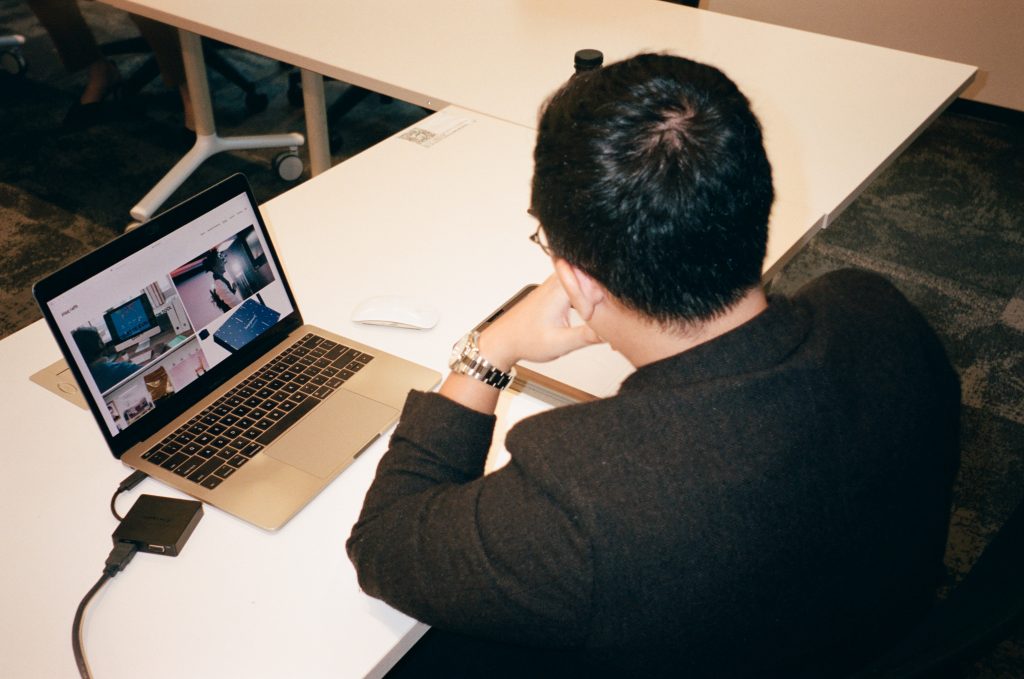
But his lofty aspiration to pursue post-graduate studies overseas would have been almost impossible if not for the scholarship, which paid for his tuition fees and expenses in London fully. He might have forgone further studies for practical pursuits.
Plus, he would have missed out on the diverse, valuable perspectives he gained from interacting with people in his global innovation design course, all of whom came from different academic backgrounds. He also wouldn’t have rubbed shoulders with 64 other scholars from the DesignSingapore Associates Network, a collective that mentors one another and even collaborate on design projects.
His design journey has always taken on a work-study-work-study trajectory, which gave him both academic rigour and real-life experiences. But without the valuable connections made due to the scholarship, Ziqq might have been a less well-rounded designer with fewer doors opened for him, be it job offers or collaborations.
Who knows, he might not have created an educational card game for horrible designers or become a repeat speaker at a user experience conference in South Africa about ethics in design.
Designer? She Thought She Would Be a Doctor Instead

Back in secondary school, I scored straight As in math and sciences but had less interest in them than in the arts and humanities, which I eventually pursued in university. Perhaps that’s why Rachel’s education trajectory resonates with me.
Like me, Rachel was also stronger academically in STEM subjects but found her passion for the arts when she was part of the Art Elective Programme in National Junior College.
Then came 2017. She chanced upon a design hackathon organised by Dsg to gather design-driven solutions to empower people with disabilities.
Rachel, now 25 and a product designer at American startup Scale AI, decided to give it a go as she was curious about design and work that could impact the wider community. This, combined with her passion for the arts, spurred her to hop onto the design path.
I thought her story wasn’t a big deal until I learnt that she too experienced financial struggles growing up. Ziqq, at least, had supportive parents who encouraged him to pursue what he wanted. Not so much for Rachel, whose mother was more sceptical of her choice.
“I don’t think I was in a home environment where my parents saw the possibilities of me supporting myself in a creative role,” she said, adding that her mother couldn’t see how she could make money from design.
Rachel understood where her mother was coming from—she didn’t have additional funds to attend extra-curricular art classes growing up. Her family could afford necessities for her, but not many luxuries.

If I were in Rachel’s position, I might have resigned myself to fate, given the less-than-ideal financial circumstances. I would have persuaded myself to forgo any passion in design and pursued a path more travelled and lucrative, even if it wasn’t enjoyable.
However, Rachel pressed on. She knew design held a future for her after interacting with people experiencing other challenges in their day-to-day lives, such as when she shadowed cerebral palsy patients during the hackathon. The experience inspired her to pursue design to help underrepresented communities.
Now based in San Francisco, Rachel continues to impact the realm of machine learning through her work, where she designs a dataset platform called Nucleus. She also volunteers at a non-profit organisation, where she has helped to research a COVID-19 digital platform for people experiencing homelessness to find essential services during the peak of the pandemic.
But she couldn’t have done it without the Dsg Scholarship. It allowed her to study interaction design at the California College of the Arts since local universities didn’t offer this course then. She wouldn’t have sufficient funds to do so either.
“I struggled quite a bit with finding the funds to study abroad as I didn’t come from a background that I could easily afford the courses.”
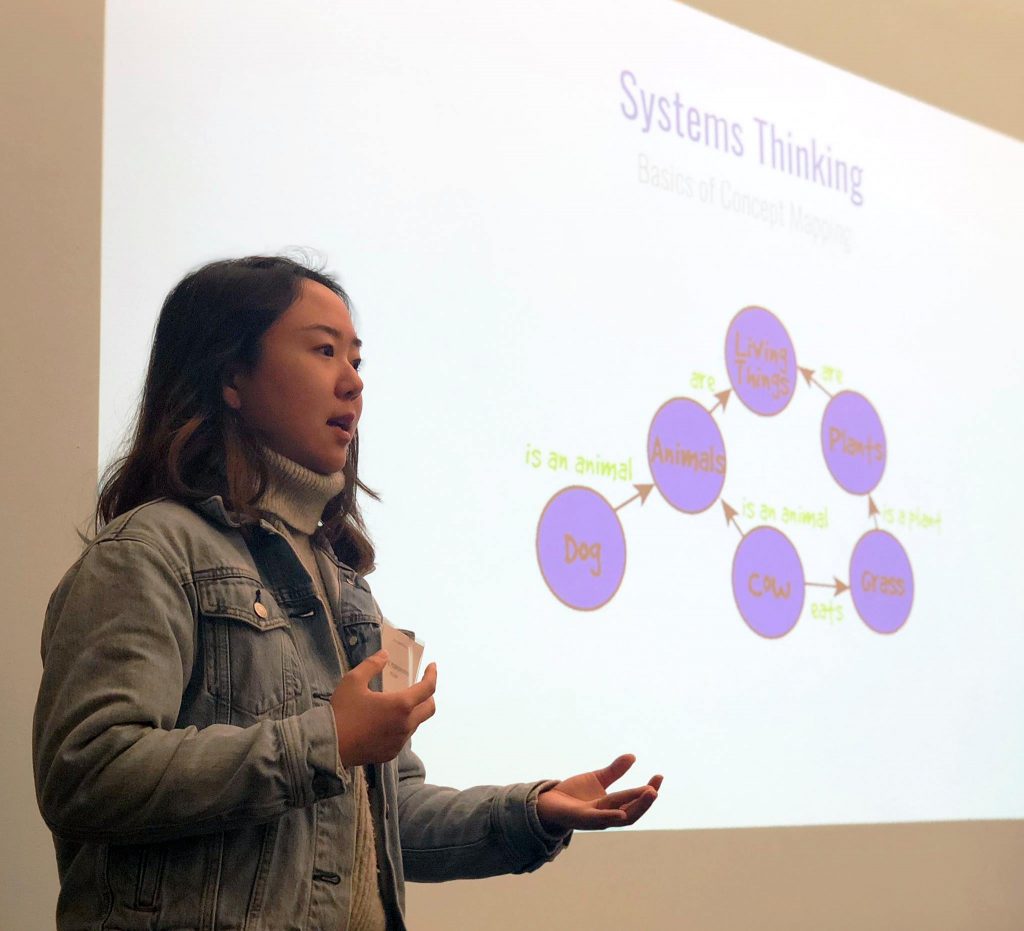
With the scholarship and chance to study abroad, Rachel benefitted from a more thorough curriculum on interaction design. She also took up internships at well-established companies based in the US, which gave her more depth in her work.
Like Ziqq, she had the chance to meet industry players she admired and mingled with them at networking events. On a more personal level, Rachel is now more independent and proactive because of her time studying abroad, which has shaped her to be a better and bolder designer.
Not Just Artsy-Fartsy
The future looks bright for designers, with more ways to integrate design even into non-design sectors. Perhaps it is time to eradicate the untrue and outdated stereotype that design is just artsy-fartsy.
It’s no longer just about aesthetics because the field has grown beyond the traditional design disciplines. Design is an integral part of daily life, just as it always has been. And now, more than ever, design has intertwined with technology and engineering to become the cornerstone of modern civilisation—especially with rapid digitisation during the pandemic.
Chatting with Ziqq and Rachel, I learnt that design is not just about economics, with optimistic figures highlighted in the latest National Design Industry and Manpower Study on employment prospects and money expected to be invested in the industry.
Designers make real-life impact with the work they do too. Ziqq, for example, designed a haptic vest in which a person could experience music through touch, which is especially useful for the hearing impaired.
The Dsg Scholarship has helped individuals like Ziqq and Rachel; not just for personal gain but also to benefit the communities around them. And it doesn’t take privilege to do that.

